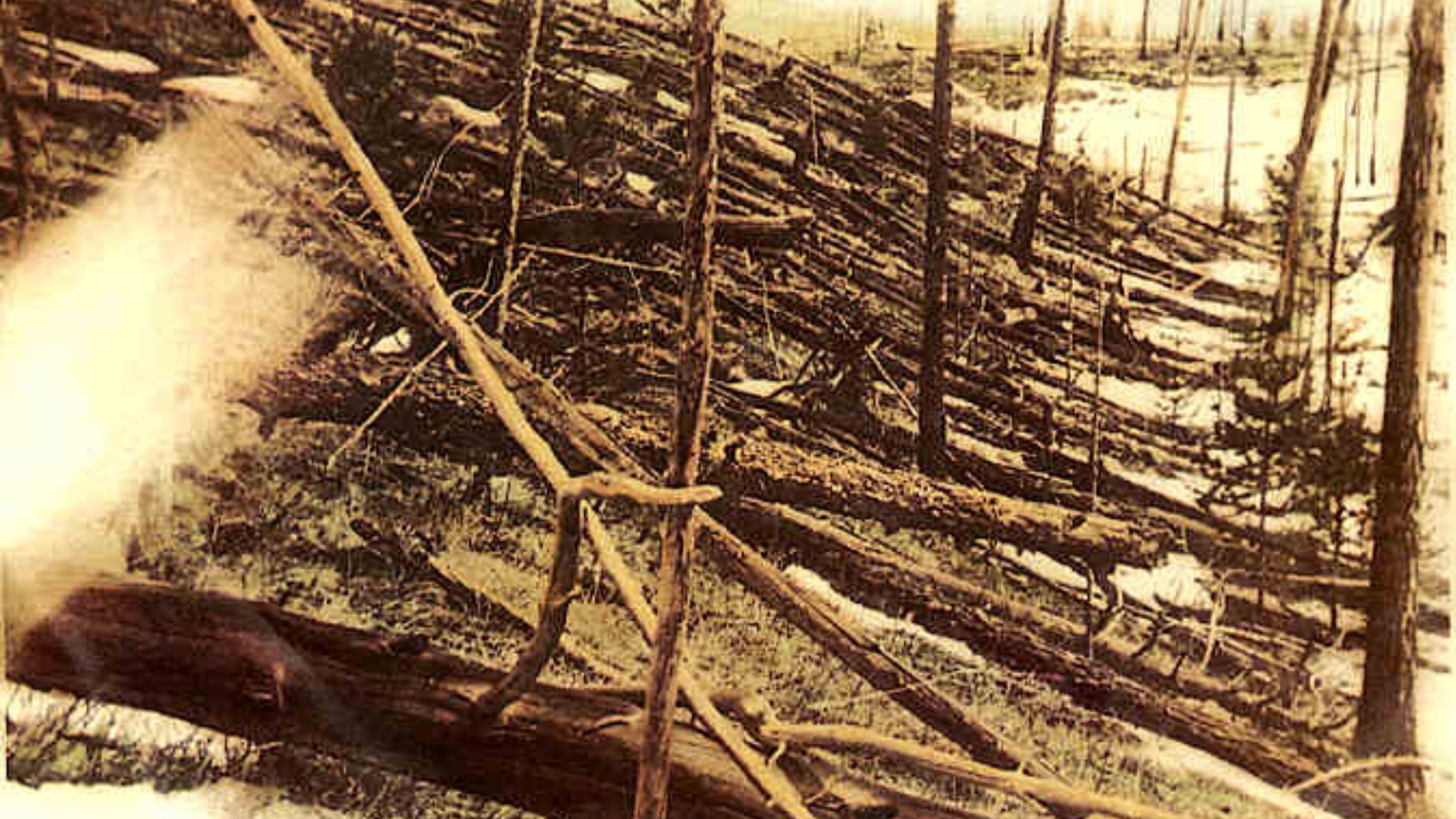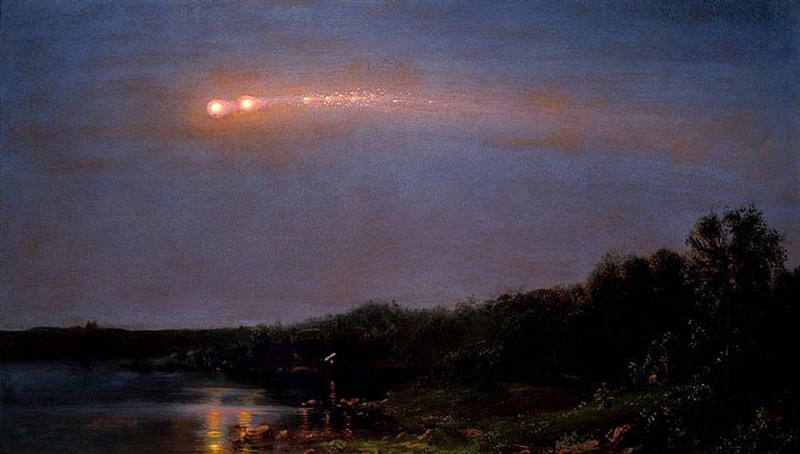The meteor shower that brought Tunguska is due in June

(unknown)
- Analysis of the Tunguska tree-fall patters suggests a familiar source for the asteroid that caused it
- Its timing also fits perfectly with a late June annual meteor shower
- Nonetheless, it’s more interesting than dangerous. Put down that helmet.
It’s just after seven in the morning on June 30, 1908 as a man sits on the front porch of a trading post in Vanavara, Siberia. That is, until a sudden blast of heat at 7:17 hurls him from his seat. It comes from a huge asteroid exploding about 28,000 feet above the Podkamennaya Tunguska River 40 miles away.
Suddenly in the north sky… the sky was split in two, and high above the forest the whole northern part of the sky appeared covered with fire… At that moment there was a bang in the sky and a mighty crash… The crash was followed by a noise like stones falling from the sky, or of guns firing. The earth trembled.
Such asteroids are not that rare — scientists estimate they happen about every 300 years. There was one over the Russian city of Chelyabinsk in 2013, and though smaller at 11,000 tons than the Tunguska rock, it nonetheless injured 1,200 people and caused damage to buildings up to 58 miles away.
It seems like we now know how the Tunguska asteroid got here. Physicist Mark Bosloughof Los Alamos National Laboratory recently presented, at the American Geophysical Union fall meeting, a new analysis of the tree-fall pattern in the Tunguska area. It suggests that the rock may have arrived during the annual Beta Taurid meteor shower. The next one’s in June 2019. (There’s another Taurid shower each October.) A quote from the presentation: “If the Tunguska object was a member of a Beta Taurid stream … then the last week of June 2019 will be the next occasion with a high probability for Tunguska-like collisions or near misses.”





